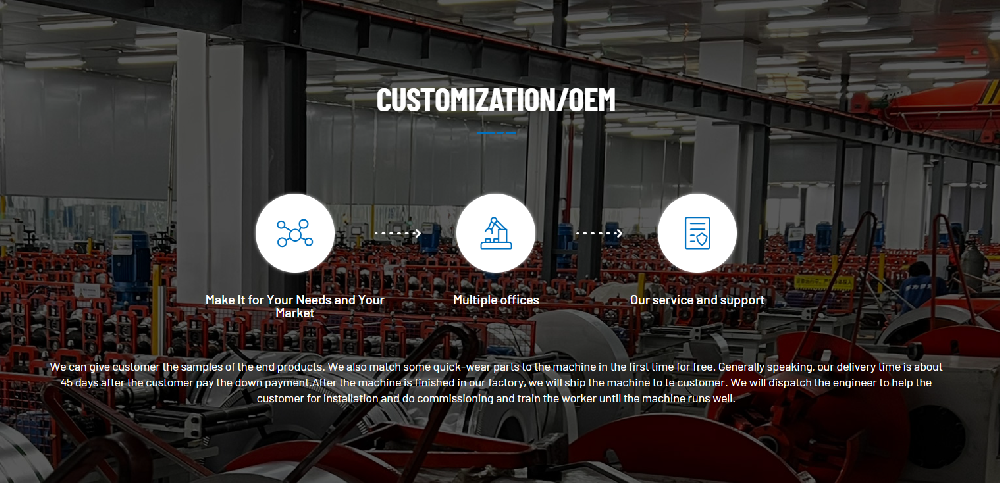Navigation Menu
Contact Us
- Email:
- info@wxavatar.com
- Address:
- Yurong Village, Yuqi Street, Huishan District, Wuxi, China.
Release Date:Jun 23, 2025 Visit:44 Source:Roll Forming Machine Factory
Custom rollforming, a cornerstone of modern manufacturing, continues to evolve, offering unprecedented precision, efficiency, and versatility. Far from being a static process, recent advancements are reshaping how complex profiles are created, benefiting industries from construction to automotive. Let's explore some of the key innovations driving this transformation.

Enhanced Precision Through Advanced Control Systems
One of the most significant strides in custom rollforming is the integration of highly sophisticated control systems. Modern machines now leverage advanced sensors and real-time feedback loops, often coupled with artificial intelligence and machine learning algorithms. This allows for minute adjustments during the forming process, drastically reducing material waste and ensuring exceptional dimensional accuracy. Manufacturers can achieve tighter tolerances than ever before, meeting the demands of increasingly intricate designs and high-performance applications.
Material Versatility and Complex Geometries
Innovations aren't just about speed; they're also about expanding possibilities. Contemporary rollforming equipment is designed to handle a wider array of materials, including high-strength steels, advanced alloys, and even some non-metallic composites, with greater ease and consistency. This material versatility is complemented by the ability to produce incredibly complex geometries. Features like in-line punching, notching, and bending capabilities are being seamlessly integrated, allowing for the creation of multi-functional components in a single pass. This reduces the need for secondary operations, streamlining production and lowering overall costs.
Digital Prototyping and Simulation
The journey from design to finished product is being accelerated by digital prototyping and simulation software. Before a single piece of material is run, engineers can now simulate the entire rollforming process with remarkable accuracy. This allows for the identification and correction of potential issues, optimization of tool designs, and validation of part integrity in a virtual environment. The result is a significantly reduced development cycle, fewer physical prototypes, and a faster time to market for new products.
Automation and Integration for Streamlined Production
The trend towards greater automation continues to redefine custom rollforming. Automated material handling systems, robotic loading and unloading, and integrated inspection units are becoming more common. These advancements minimize manual intervention, enhance operator safety, and ensure consistent quality throughout production runs. Furthermore, the ability to integrate rollforming lines with broader manufacturing execution systems (MES) allows for seamless data exchange and more efficient overall plant operations.

Looking Ahead
These innovations are collectively pushing the boundaries of what's possible with custom rollforming. As technology continues to advance, we can anticipate even greater levels of automation, predictive maintenance capabilities, and further integration with smart factory ecosystems. These developments promise to make custom rollforming an even more vital and adaptable process in the manufacturing landscape of the future.